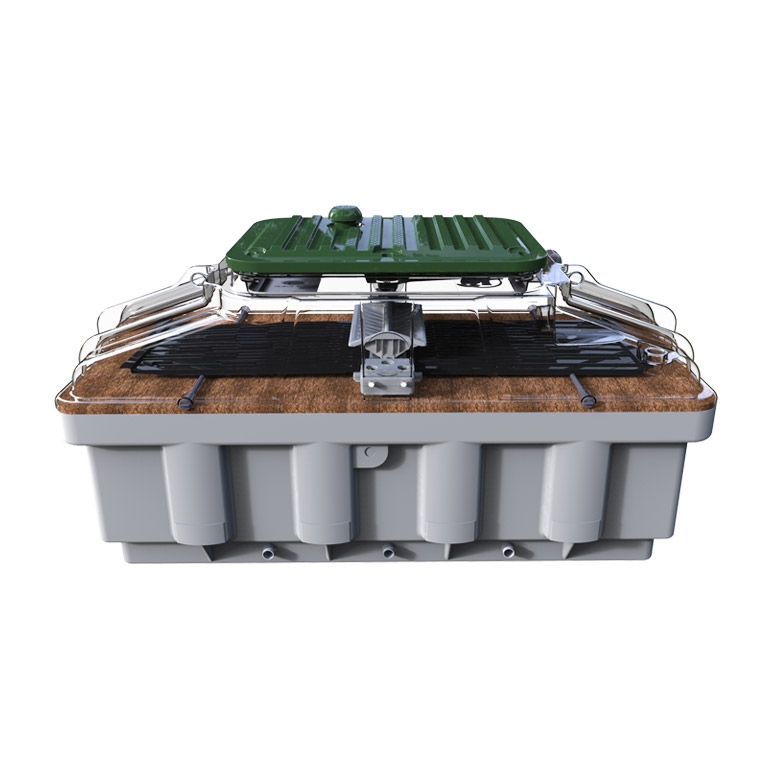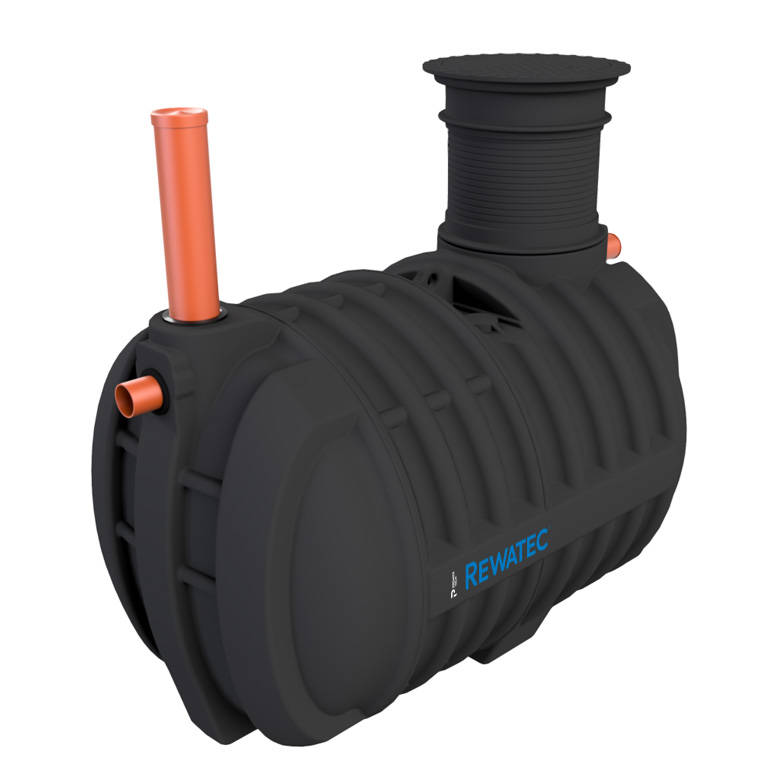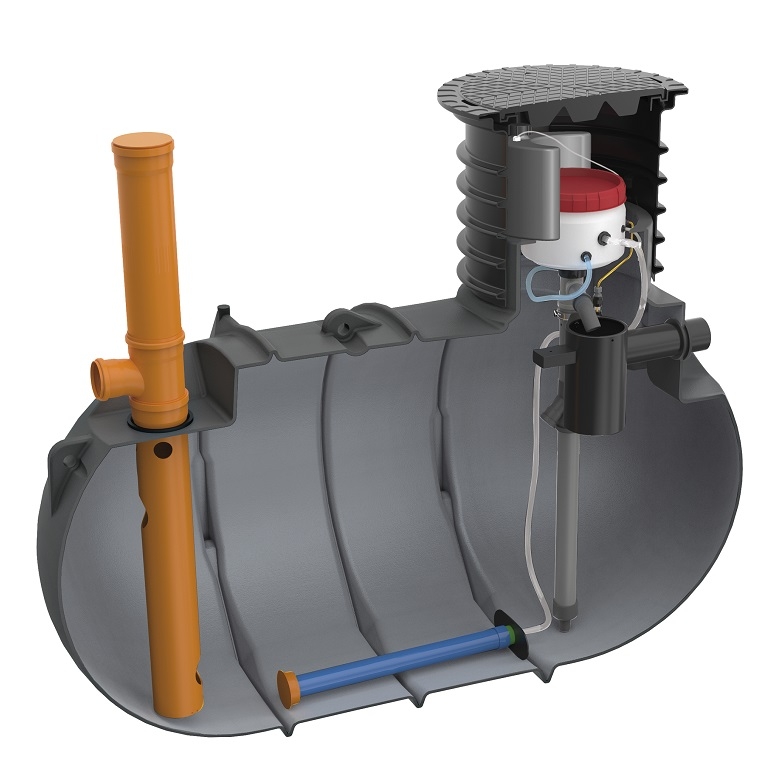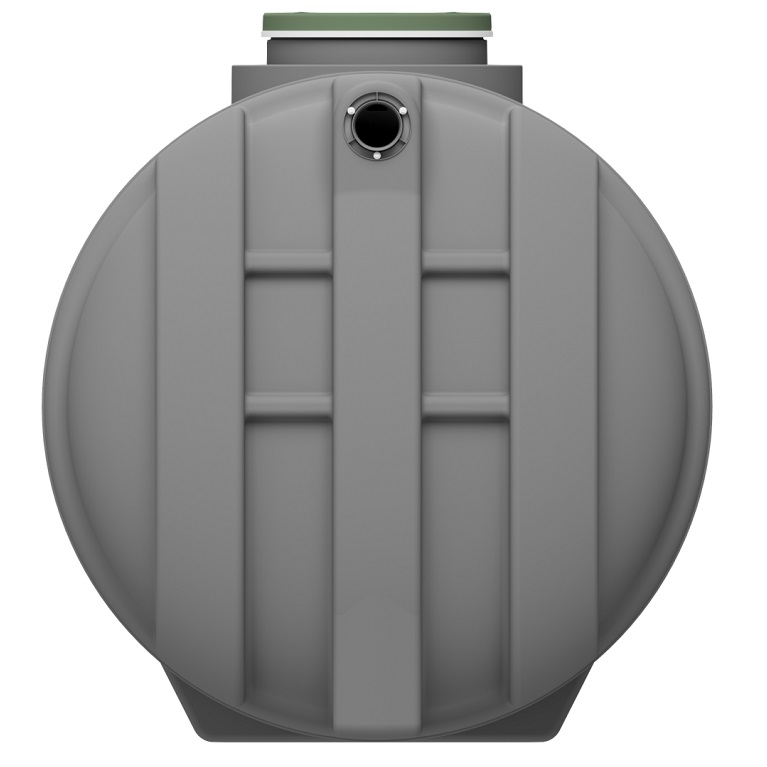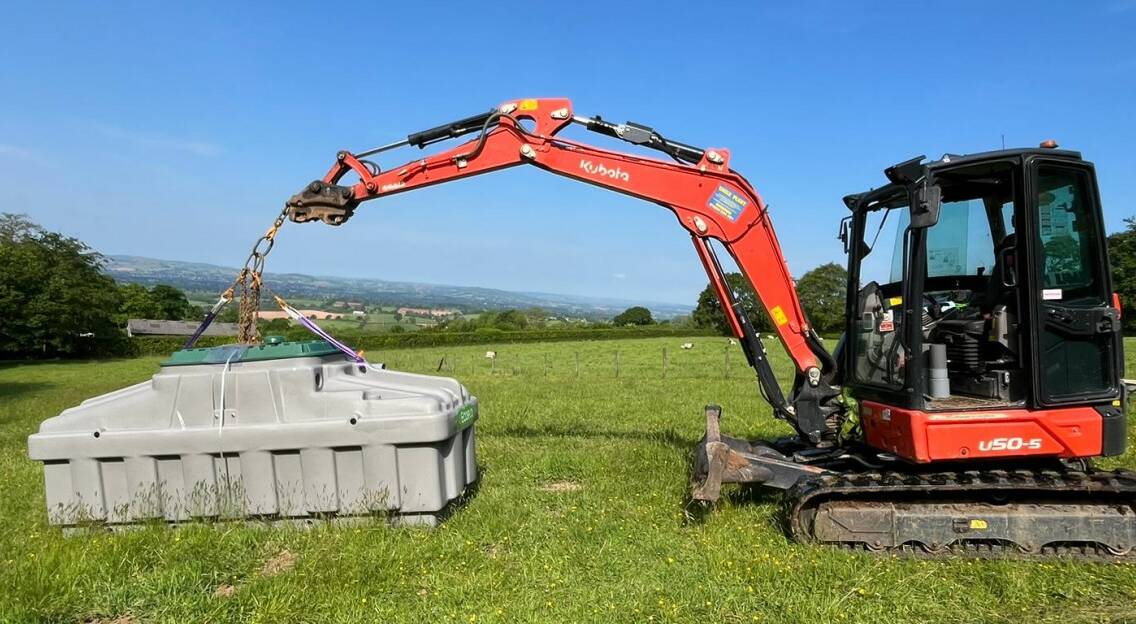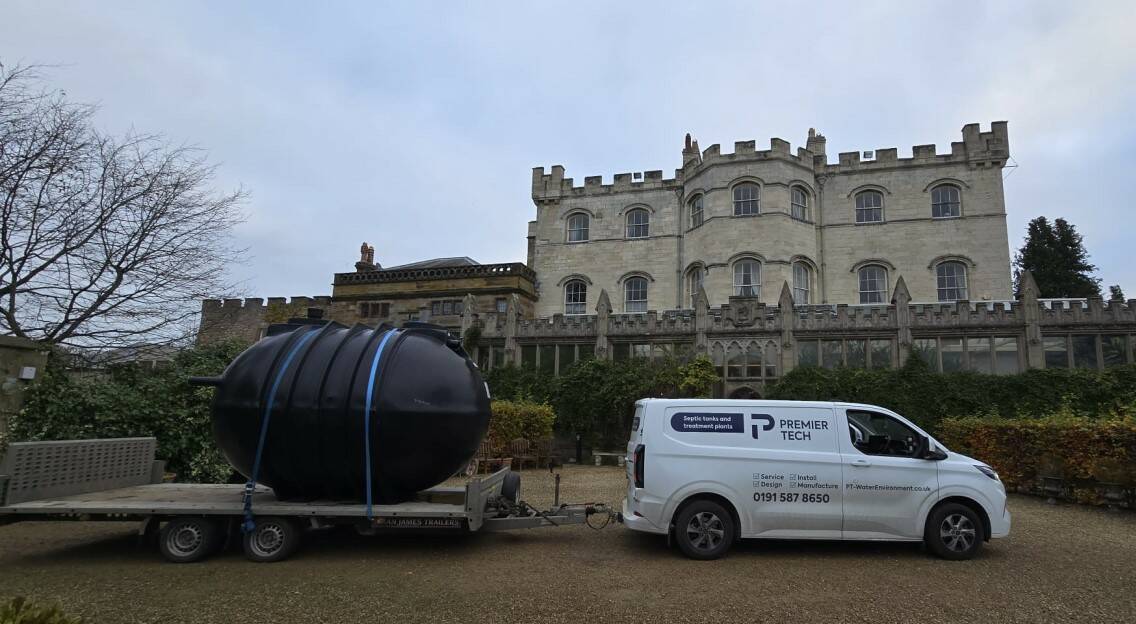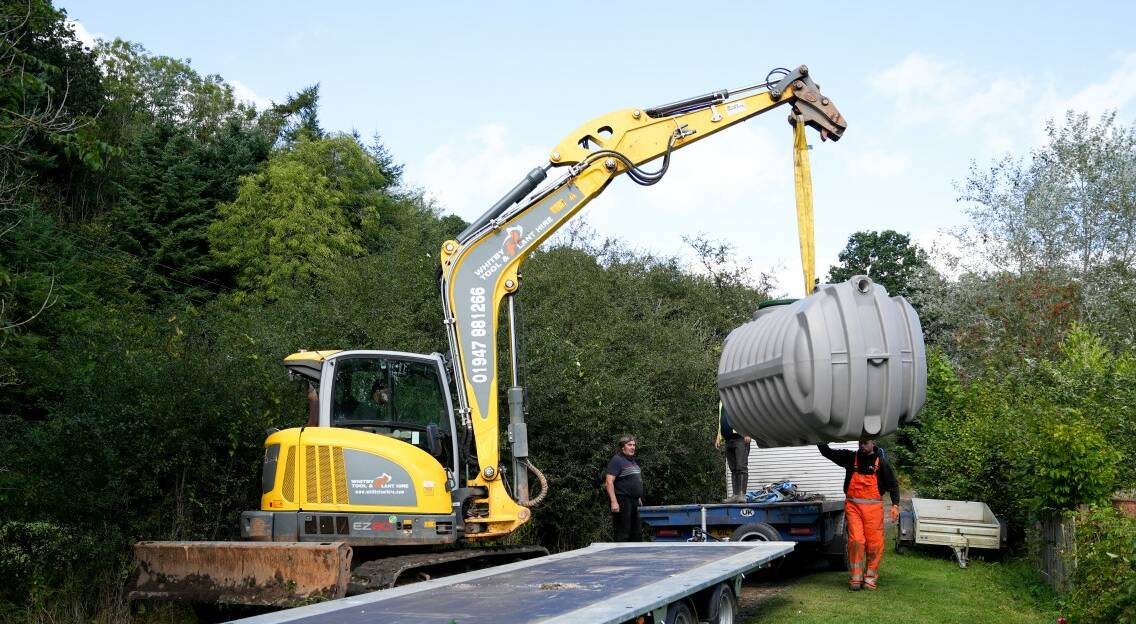Explaining nutrient neutrality and nutrient mitigation options
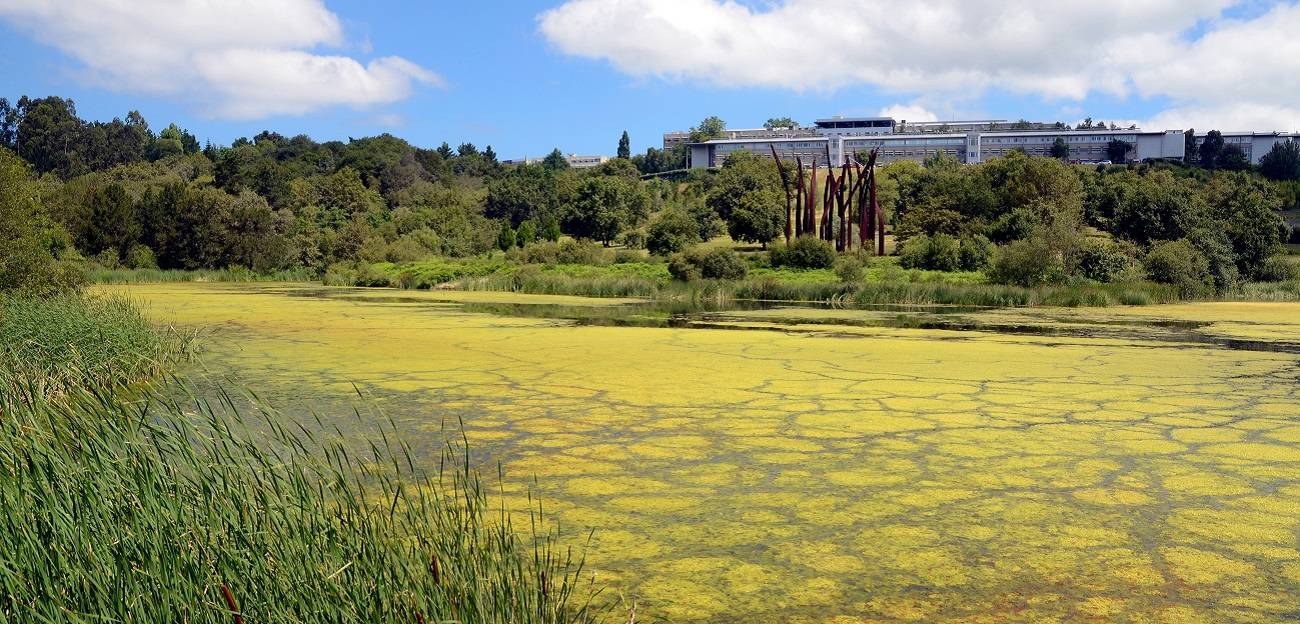
Nutrient neutrality is a concept which ensures that a new land development or site upgrade, does not increase the level of phosphates and nitrates entering vulnerable watercourses and catchment areas.
Natural England, initially in March 2022 and then in July of the same year, have issued advice regarding areas with unfavourable conservation status due to the presence of nutrients. The advice seeks to ensure that planning applications affecting habitat sites in such areas should incorporate a direct and/or indirect nutrient mitigation strategy to ensure no further pollution occurs, so the needs of the Conservation of Species and Habitats Regulations 2017 are met.
Nutrient pollution is prevalent in rivers, lakes and estuaries and appears in the form of eutrophication and aquatic ecosystem poisoning. The nutrient sources typically include wastewater treatment works, livestock, arable farming and industrial processes.
To date, 74 local planning authorities (LPAs) have received the advice from Natural England across 27 catchments (14% of England). The advice relates to any type of development that involves accommodation, leisure, campsites, holiday lets, barns, huts etc. Developments that are off-mains are in most cases included in the advice, those who are connected to overloaded mains may also be included.
Nutrient neutrality assessment
For the housing developments subjected to nutrient neutrality, the discharge of nutrients must be minimised to levels, equal or lower, to what the land prior to the development was. This mandates advanced sewage treatment systems in the case of wastewater discharges.
The performance of the plant is therefore a key factor in the level of nutrient pollution associated with such excessively polluting developments. The statutory obligation from 2030 will require sewage treatment plants to deliver the maximum proposed technically achievable limit (TAL) corresponding to 0.25mg/L and 10mg/L for phosphates and nitrates respectively.
Technology, to date, has its own limits and the economics combined with the complexity in operation for in-situ treatment are crucial factors.
What are Premier Tech's solutions?
At Premier Tech, we already are able to deliver solutions that meet the standard for nitrates and we are very close towards the 2030 target for phosphates.
Specifically, our Rewatec Solido Smart, which uses SBR technology, delivers 10.0 mg/L of TN (total nitrogen) with nitrates at 9.3mg/L. Advanced options in bespoke setups can lower levels to ≤ 8mg/L without dosing. The TP (total phosphorus) in the same setup is 2.3mg/L (including phosphates), while chemical dosing (ferric or alum-based) can lower this value to ≤ 0.7mg/L.
By incorporating our passive filter, the Ecoflo biofilter, the TP can be lowered to levels ≤ 0.3mg/L.
Nutrient neutrality mitigation
No known technology is expected to deliver a concentration considerably lower than the ones stated on TAL. Thus, mitigation means would be required involving actions to stop nutrient pollution impacting protected sites. This could be on site – preventing nutrient pollution directly from the development via a wastewater treatment plant, or offsite – reducing nutrients from other sources that affect the protected site overall. If the treatment required is beyond the technological limits of the plant, then further on-site and/or off-site mitigation would be required.
Appropriate mitigation means are expected to include constructed wetlands, orchards or land use change. All of these may be applicable onsite, while for off-site mitigation, only the latter may deliver a practical solution.
Unfortunately, up to now, a sufficient supply of accessible off-site mitigation is unavailable.
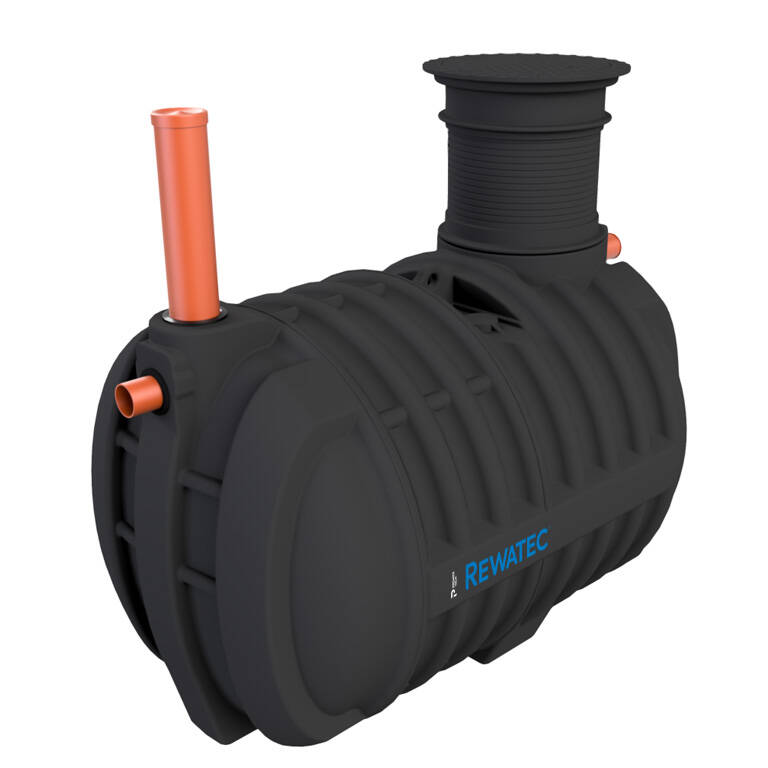
Natural England nutrient neutrality guidance 2022
Natural England is collaborating with DEFRA and DLUHC, as well as other numerous stakeholders, to identify nutrient mitigation projects in neutrality catchments to naturally upgrade them via the creation of woodlands/wetlands – with the aim of a biodiversity boost. This will generate a nutrient stock market system where developers and/or other interested parties could purchase ‘nutrient credits’ allowing them to freely discharge at their areas.
Nutrient neutrality is only a temporary fix. To create a truly sustainable ecosystem — one that includes human activity — we need to restore natural sites.
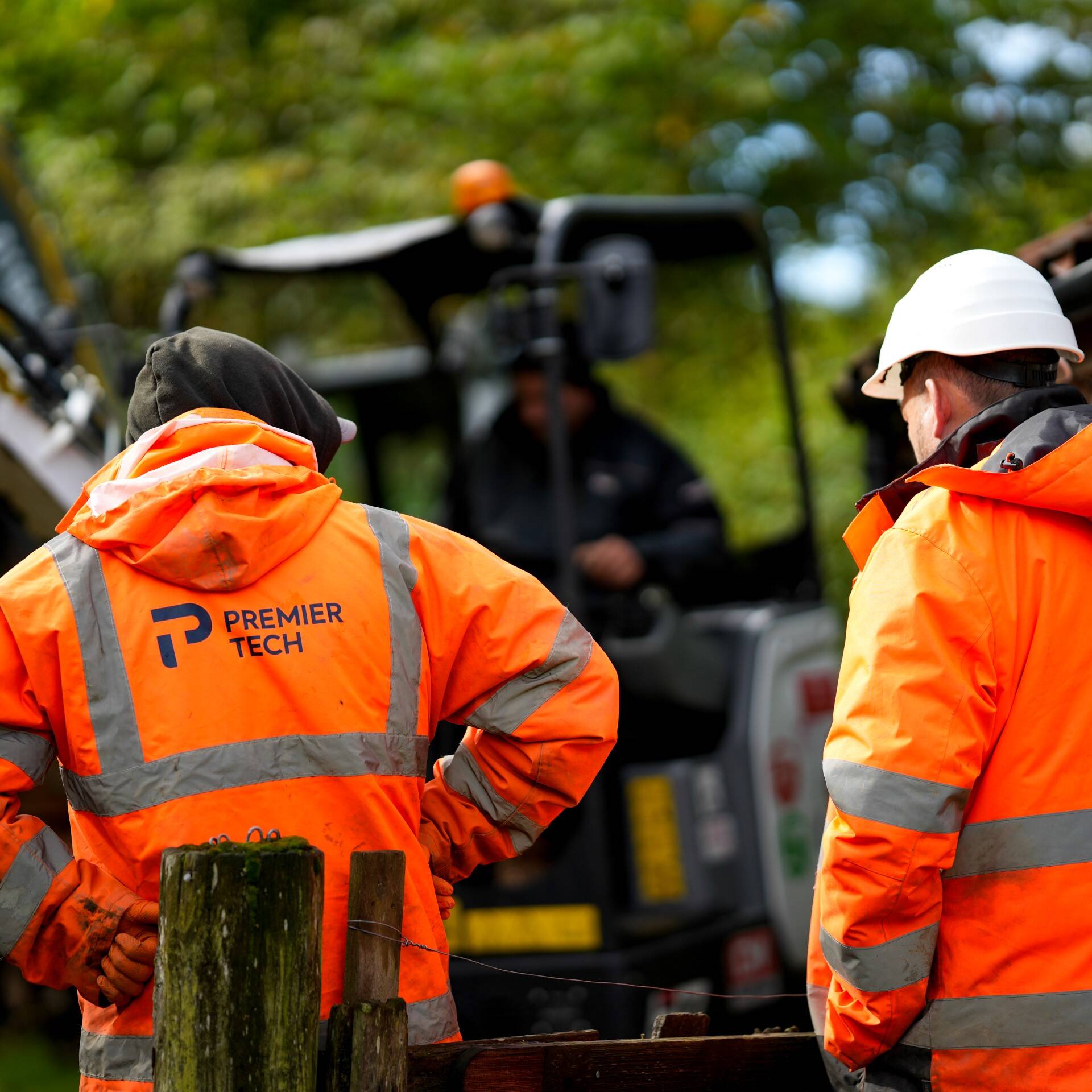
Find out more about Premier Tech's solutions
If nutrient neutrality is important for your next project, our team can help you reach your wastewater treatment targets.
Send us a few quick details and we'll give you free advice and product recommendations based on your needs.
